Digital History in a Changing Scholarly Communications Landscape
Sharon M. Leon | Michigan State University | @sharonmleon
Bates College | March 1, 2018
Access and Abundance
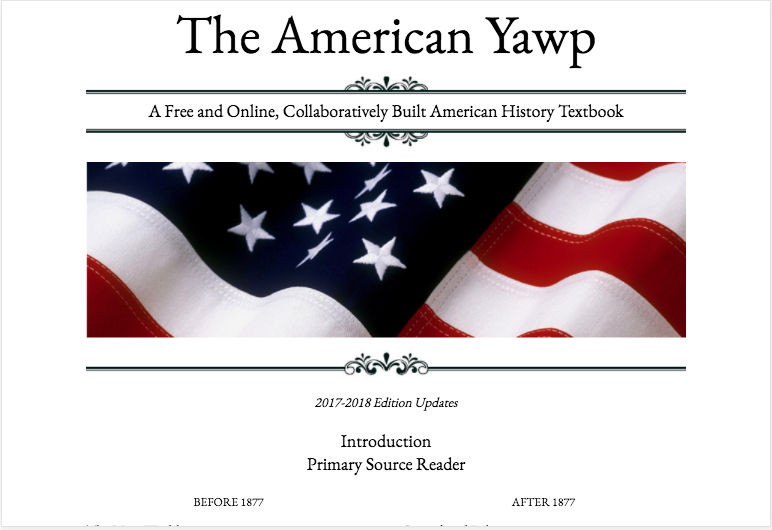
Teaching and Learning with Digital Approaches
Digital Methods Courses
Courses where the primary learning goals involve digital theories and methods, and students produce a range of work that demonstrates their fluency with those techniques.
Digitally Inflected Courses
Courses that involve a unit or an assignment that asks students to employ digital methods in the service of mastery of other areas of content knowledge or other methodological approaches.
Threshold Concepts
- Transformative
- Troublesome
- Irreversible
- Integrative
- Bounded
- Discursive
- Reconstitutive
|
What are your threshold concepts?
Close Reading
- Annotation
- Juxtaposition
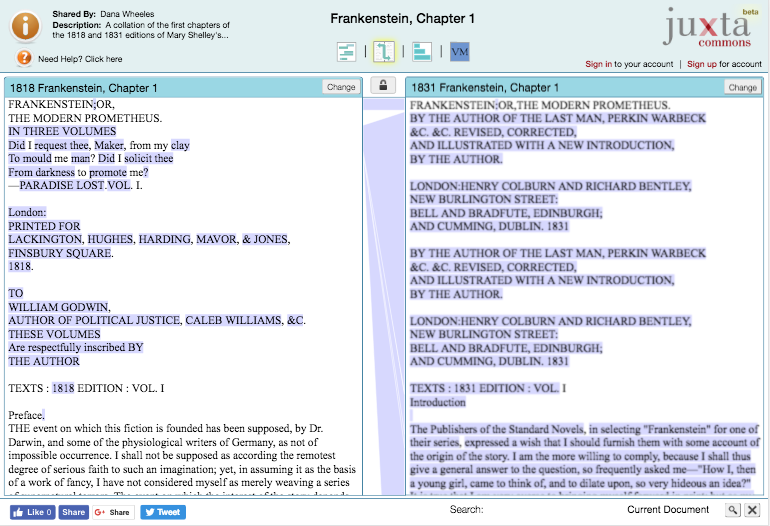
Close Reading Tools
- Hypothesis (web annotation)
- SoundCiteJS (annotation with sound)
- Juxta Commons (version comparison)
- JuxtaposeJS (image comparison)
Macro-level Analysis
- Geospatial Work
- Data Visualization
- Computational Textual Analysis
Macro-Analysis Tools
Digital Exhibits
- Collections of primary sources
- Structured metadata
- Multiple points of access (browse, map, search, etc.)
- Narrative interpretation
- Linear and/or non-linear approaches
- Integration of visualizations
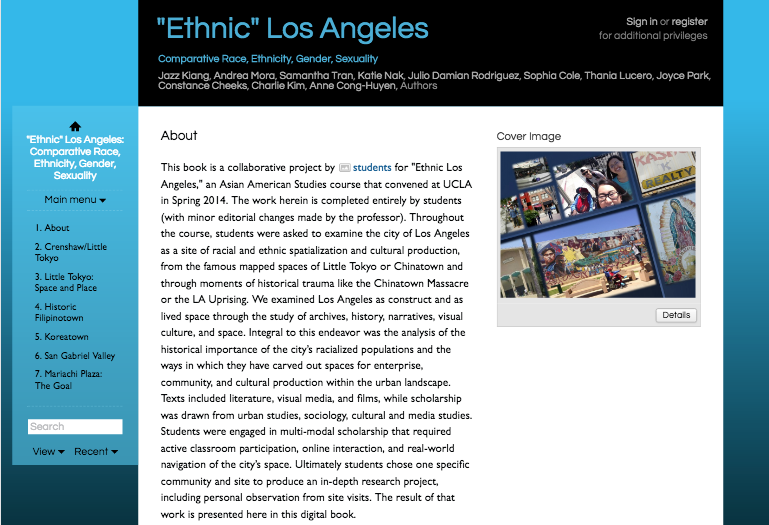
Collections & Exhibit Tools
- TimelineJS (timelines)
- StoryMapJS (narrative maps)
- Omeka Classic or Omeka S (collection-based exhibits)
- Omeka.net
- Scalar (media-rich exhibits)
- Mukurtu (indigenous collections with access controls)
Publicly Engaged Projects
- Public first (audience and relationships)
- Clear outcomes and boundaries
- Project planning skills
- Multiple methods
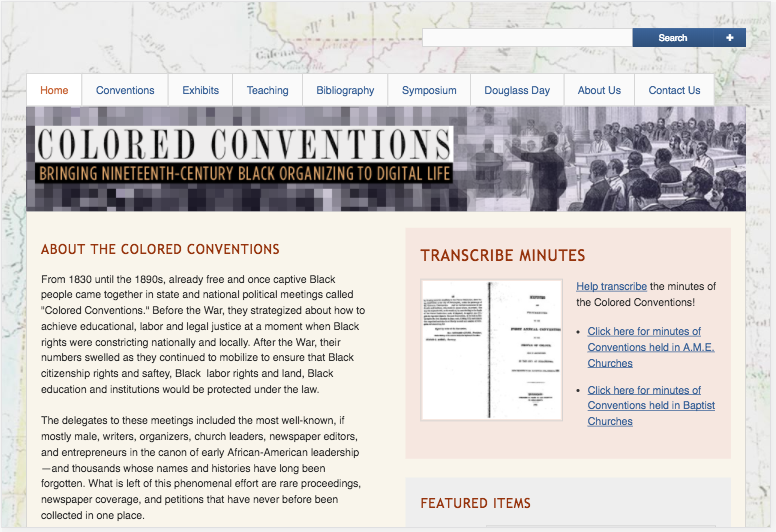
Considerations for planning:
- What is the skill you want to teach?
- What method serves that skill?
- Group work or individual work?
-
What is the scale?
- Activity or Unit or Final Project
-
Duration?
- Semester or Year or Multi-year
-
Collaboration?
- Within the College or Community Partners
A Domain of One's Own
- Experimentation space
- Control over digital identity
- Ownership of intellectual property
Further Reading
Scholarly Communications Landscape
How has the way you communicate your research changed in the last 20 years?
Public Scholarship
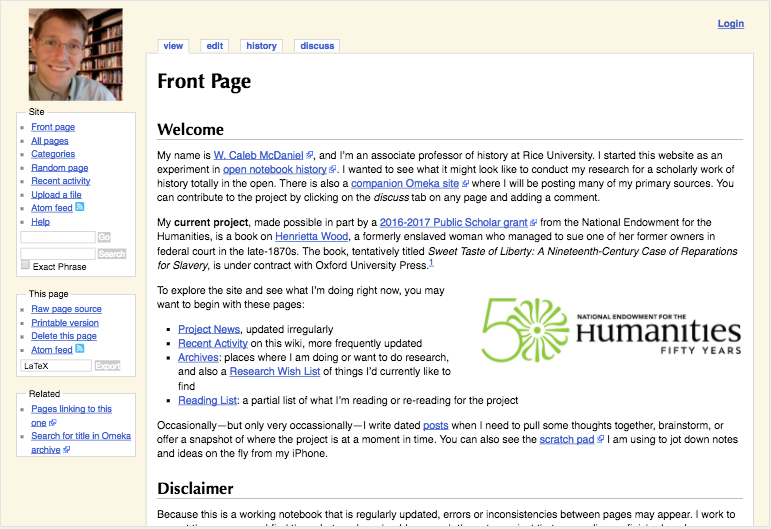
Community Conversations
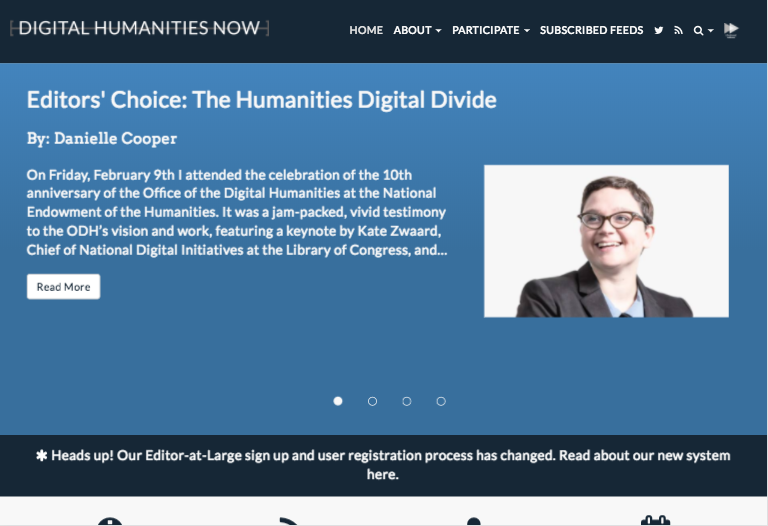
Digital Publishing
- Peer Review Process
- Open Access
- Engagement tools
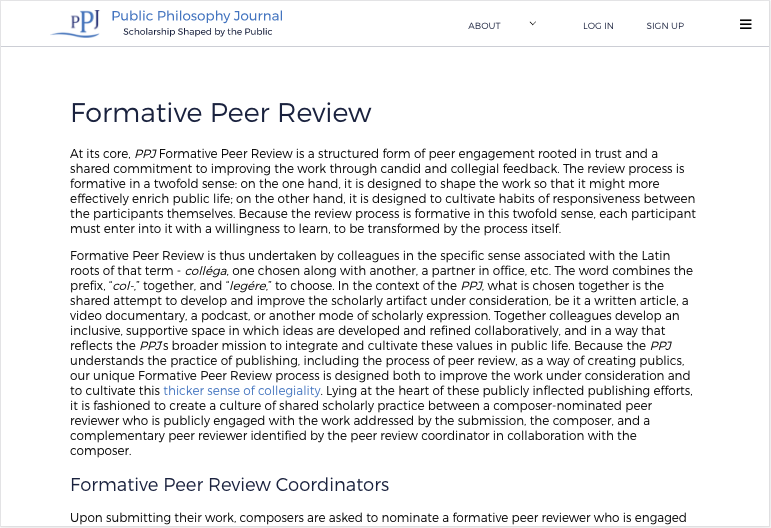
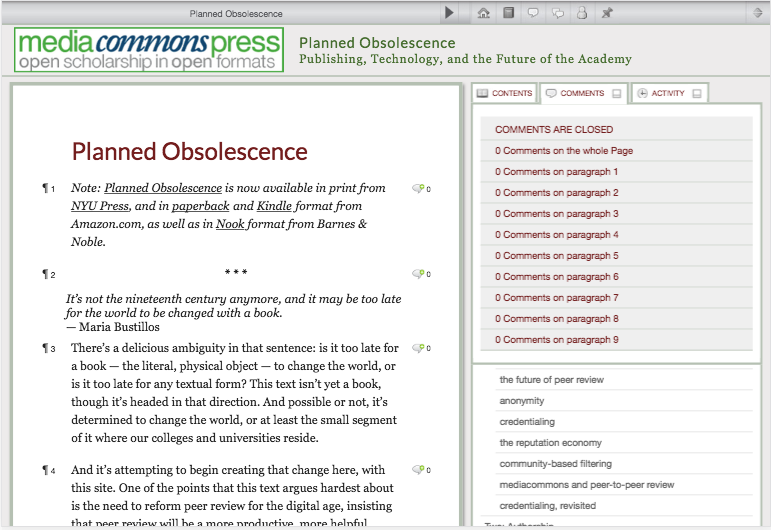
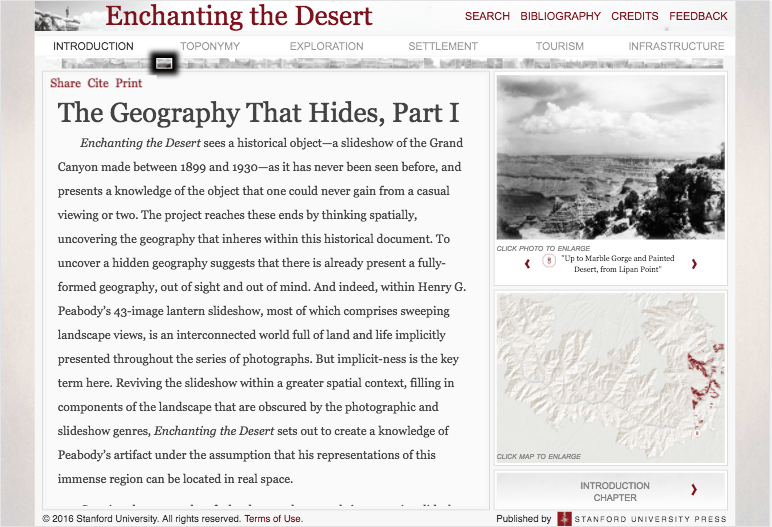
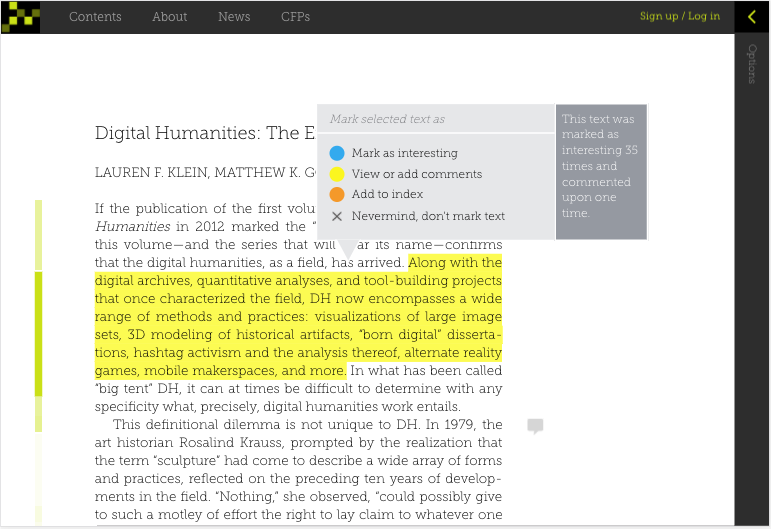
Review and Evaluation
What do you value when you evaluate other's work?
Post-Publication Review Guidelines for Digital Projects
- Journal of American History
- American Historical Review **
- The Public Historian
- ARLIS (Art Libraries)
- American Quarterly
- Society for Classical Studies
- RIDE (German documentary editing journal)
Post-Publication Review Guidelines for Digital Projects
- Consider the genre of work and it’s goals
-
Consider selection and framing of materials
-
Consider the ways that the project engages with related scholarly fields
-
Consider the usability of the work (navigation, layout, functionality)
-
Consider the types of technology employed and their appropriateness
-
Consider whether the project has a clear audience, and whether the work respond adequately to those audiences’ needs
-
Consider the nature of the collaboration that produced the work, and the other processes of production
Digital Dissertation Guidelines
Each project should:
- make an original contribution to fields of scholarship through substantive analysis;
- articulate the significance of work;
- integrate original research adequate to supporting the key argument of the project;
- engage with historiography for the related fields;
- justify methodological choices (digital and otherwise);
- and, present the work in a usable format.
Project Elements
-
Framing Introduction
-
3-5 Core Modules/Units, which could include:
-
direct access to a repository of primary sources, compiled datasets, or materials with stable URIs:
-
described with adequate metadata to enable citation (using a consistent, standard schema is recommended) and potential reuse
-
accompanied by a clear indication of excerpting and editing of sources
-
demonstrating appropriate attention to copyright and fair use guidelines
-
-
application of digital methods. The selection of methods will depend significantly on the kinds of questions being asked, and by the types of evidence being examined. Possible digital methods might include (but are not limited to):
-
data visualizations
-
computational text analysis
-
geospatial analysis
-
social network analysis
-
-
-
Bibliography
-
Self-Reflexive Discussion of the Project Development Process
Promotion Portfolios
Evaluation of Digital Scholarship
Evaluation of Digital Scholarship
-
Definition of the issues:
-
Non-standard forms
-
Varying types of review (pre-publication, post-publication, grant review)
-
Open-ended work
-
Collaborative processes
-
Evaluation of Digital Scholarship
-
Responsibilities for creators:
-
Narrate individual roles and contributions to collaborations
-
Narrate process of development for everything
-
-
Responsibilities for departments and evaluators:
-
Be clear about expectations from the beginning
-
Review work in its native format
-
Include someone in the review process who actually knows something about digital work
-
Interpret impact broadly
-